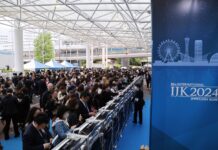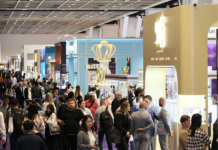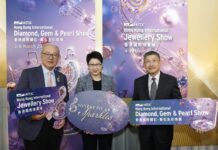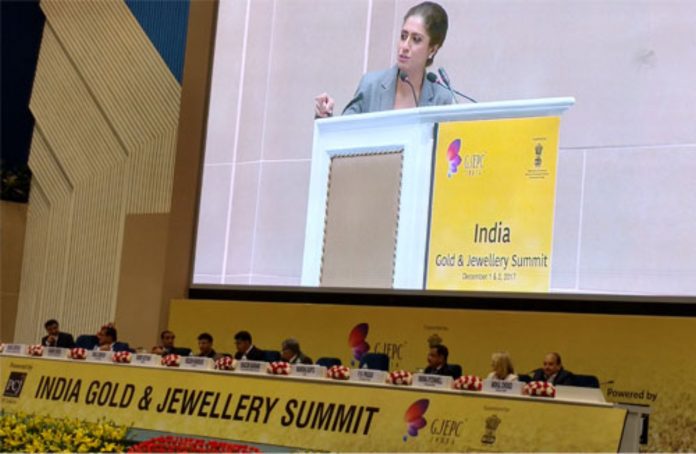The second half of the first day of the Gold & Jewellery Summit was focused on some of the key issues that face the gold and jewellery supply chain as it seeks to boost jewellery manufacturing across the country. Across three separate sessions, stalwarts from the local as well as global industry discussed questions related to enhancing jewellery exports, improving value addition in manufacturing and a code of conduct for responsible sourcing.
Presenting an overview of the jewellery industry and the challenges it faced, Neelesh Hundekari, Partner Asia-Pacific, A.T. Kearney pointed out that the industry’s share in global GDP has been declining. Hence there was need for a twin focus – an aggressive push to make the category as a whole attractive to the new generation of millennials coupled, with a strategy to grow India’s share. Hundekari emphasised the need for fresh thinking, supported with an enhanced spend on marketing and branding.
The panellists all agreed on the need for branding, marketing and product development as important components of a growth strategy, but also made other suggestions during the discussions. Some of the key areas covered included the need for a more stable policy regime rather than one that frequently changes; a steady and assured supply of gold to jewellery exporters, and deeper understanding of global jewellery trends to sharpen each company’s ability to cater to specific consumer preferences. Collaboration within the industry, for example through shared access to expensive machinery and technology, as well as collaboration across industry, perhaps via joint programmes with the IT industry to service the jewellery industry’s software needs, were also mooted.
In the next session on value addition, an initial discussion covered a wide range of measures such as steps like duty-exemption or common centres to encourage the adoption of technology; viewing artisans as key partners in manufacturing, providing them with better facilities and even drawing on their expertise in key decision areas; reconsidering sales of bullion which is a raw material through jewellery shops, etc.
Subsequently, attention shifted to the key role played by design and the pricing strategy adopted of Indian jewellers. It was generally agreed that design could be a key differentiator in general and was expecially important today when creating jewellery for millennials. But, instead of giving design and designers their due, most jewellers still stuck by the traditional method of pricing based on raw material costs plus making charges.
In the final session of the day, representatives of global bodies like LBMA, OECD and Signet Jewellers, as well as experts from India’s BIS and Birmingham’s Assay Office all stressed that hallmarking was increasingly becoming essential to retaining consumer confidence in the product, but by itself it was not sufficient to ensure complete product integrity. Such initiatives must be taken at the industry level they stressed, as the best individual efforts could be affected by even one exception.
Pic caption: Session on Vision 2022 in progress
News Source: gjepc.org
Disclaimer: This information has been collected through secondary research and TJM Media Pvt Ltd. is not responsible for any errors in the same.























